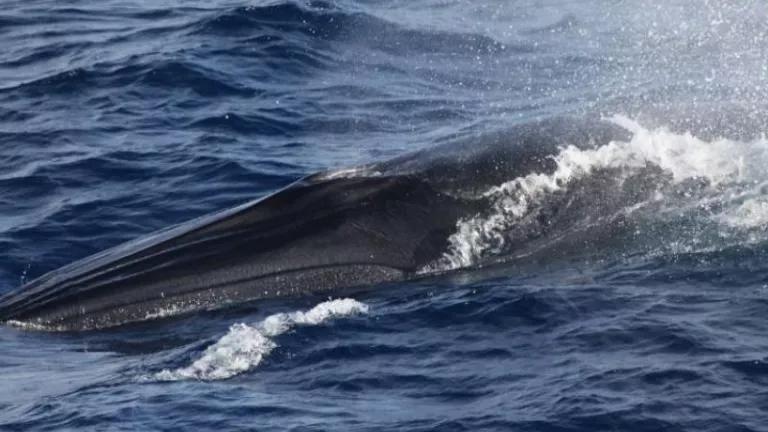Imagine if your state legislature passed a law, called the “Academic Performance Improvement Act,” that exempted students from having to meet reading standards because they hadn’t had a certain type of academic assessment test, even though their teachers could otherwise determine these students’ proficiencies by evaluating classroom performance. The U.S. Senate is right now considering doing essentially the same thing with fisheries management. Under the unobjectionably-named “Fisheries Science Improvement Act” (FSIA), Congress would exempt many marine fish species from the new requirement for science-based catch limits designed to end and prevent overfishing because these fish species haven’t had recent stock assessments, even though other science-based methods are already being used to set limits that can effectively prevent overfishing and maintain yield over the long run for these species.
Exemptions from performance standards – whether academic or fisheries based – do not generally lead to improvements in methods for gauging performance, as the proponents of the FSIA would have members of Congress and the public believe. Just as most parents and teachers would cry foul in the example above, we should reject similar efforts with regard to how our fisheries resources are managed.
Here’s some background in how we got here: In 2006, after decades of overfishing and the continual depletion of fish populations, Congress took decisive, bipartisan action to require that fisheries managers set annual catch limits for all federally managed saltwater fish species. The limits are designed to prevent overfishing and must be accompanied by measures to ensure accountability so the limits aren’t exceeded, or are paid back the following fishing season if they are. After five years of hard work, tens of millions of dollars, and the active input of fishermen and other stakeholders, the National Marine Fisheries Service (NMFS) has now successfully adopted catch limits for all stocks (with some minor exceptions for statutorily-exempted species like some squid and shrimp that have lifespans of less than one year). This is a major accomplishment.
Here’s what the current head of NMFS, Sam Rauch, said recently about the success of catch limits:
"With annual catch limits in place this year for all domestic fish populations and the continued commitment of fishermen to rebuild the stocks they rely on, we’re making even greater progress in ending overfishing and rebuilding stocks around the nation. Healthy and abundant fish populations and marine ecosystems support seafood for Americans, create lasting jobs, and enhance saltwater recreational fishing opportunities."
Strong conservation standards enacted over the past two decades are changing the course of America’s fisheries, making them more robust and sustainable. According to NMFS, more than 27 different fish species have recovered from depletion since 2000, including fluke, bluefish, haddock, and sea scallop. Now, after all this progress toward more resilient fisheries, Congress is contemplating dismantling the system that has gotten us here.
Catch limits are set based on scientific determinations of each stock’s maximum sustainable fishing level – the maximum amount of fish that can be harvested each year without depleting the population in the future. Some fish species are assessed using complex models that analyze series of historic and current data on catch and independent surveys of population status. These “data rich” stock assessments are expensive and time-consuming and therefore typically reserved for the most commercially and recreationally valuable fish species. For other species, fisheries managers typically use data on historic and current catch along with expert knowledge of the behavior, life history, and ecological roles of different fish species to identify appropriate catch limits that will prevent overfishing and maintain healthy yields.
Such “data-limited” methods provide efficient and cost-effective means of setting appropriate catch limits for each species. The new legal requirement for catch limits has led to a flurry of scientific innovation in this area, with new methods being developed for different fisheries and individual species. Contrary to what some supporters of the FSIA claim, implementation of these methods on the water over the past six months is not shutting down fisheries. In fact, fishery closures to prevent overfishing have occurred almost entirely in cases with quite recent traditional “data rich” stock assessments.
Instead of pulling the rug out from under the scientists and managers who have moved the ball forward in this vitally important aspect of fisheries management, as the FSIA would do, Congress should support strong fisheries science by maintaining the incentives they’ve recently established and by increasing funding for data collection, analysis, and the innovation of new scientific approaches to managing old fisheries challenges.



